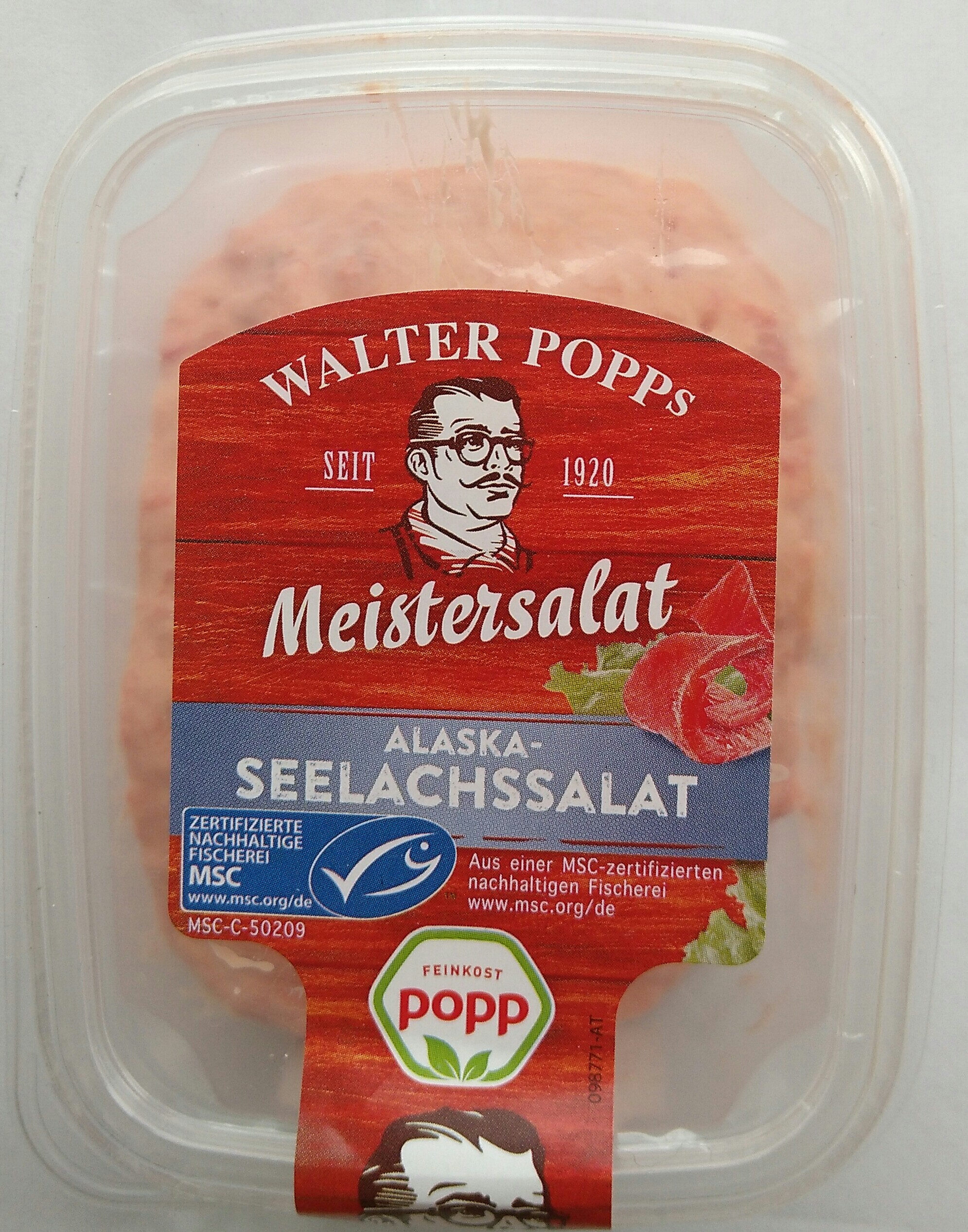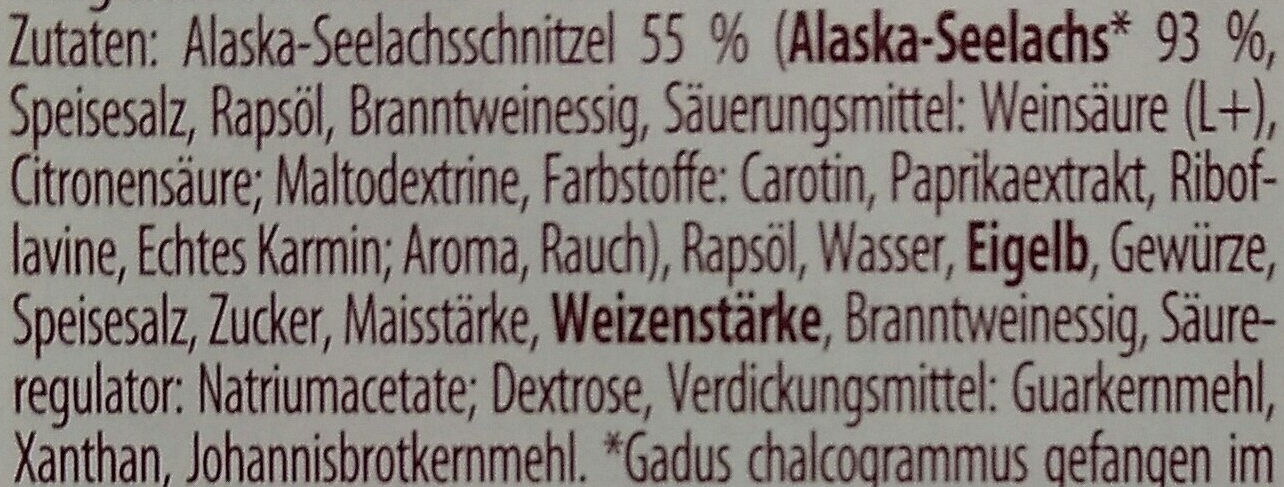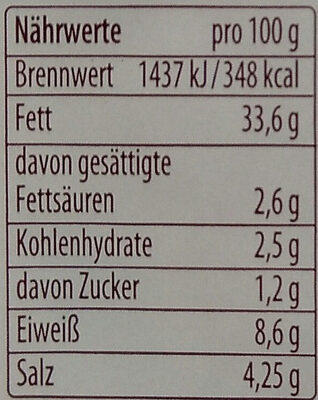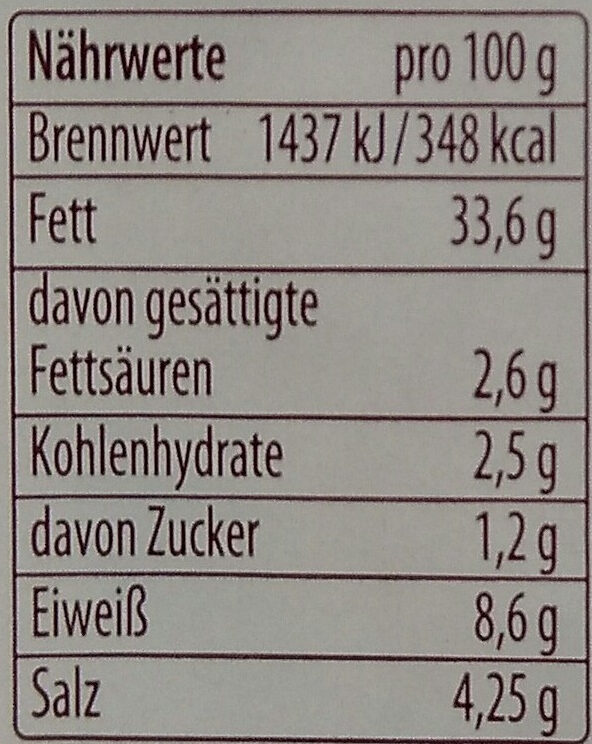Alaska-Seelachssalat - Popp - 150 g
This product page is not complete. You can help to complete it by editing it and adding more data from the photos we have, or by taking more photos using the app for Android or iPhone/iPad. Thank you!
×
Barcode: 4045800770896 (EAN / EAN-13)
Common name: Alaska-Seelachssalat, hergestellt aus Lachsersatz
Quantity: 150 g
Packaging: Plastic
Brands: Popp, Feinkost Popp
Categories: Meals, Prepared salads, Meals with fish, Salads with fish, Tuna salads
Labels, certifications, awards:
Sustainable, Sustainable fishery, Sustainable Seafood MSC
Origin of ingredients: Pacific Ocean, Northeast Pacific Ocean, de:Nordwestpazifik
Traceability code: MSC-C-50209
Stores: REWE
Countries where sold: Germany
Matching with your preferences
Environment
Packaging
Transportation
Labels
Report a problem
Data sources
Product added on by kakao
Last edit of product page on by frank4711.
Product page also edited by moon-rabbit, openfoodfacts-contributors, packbot, roboto-app.












